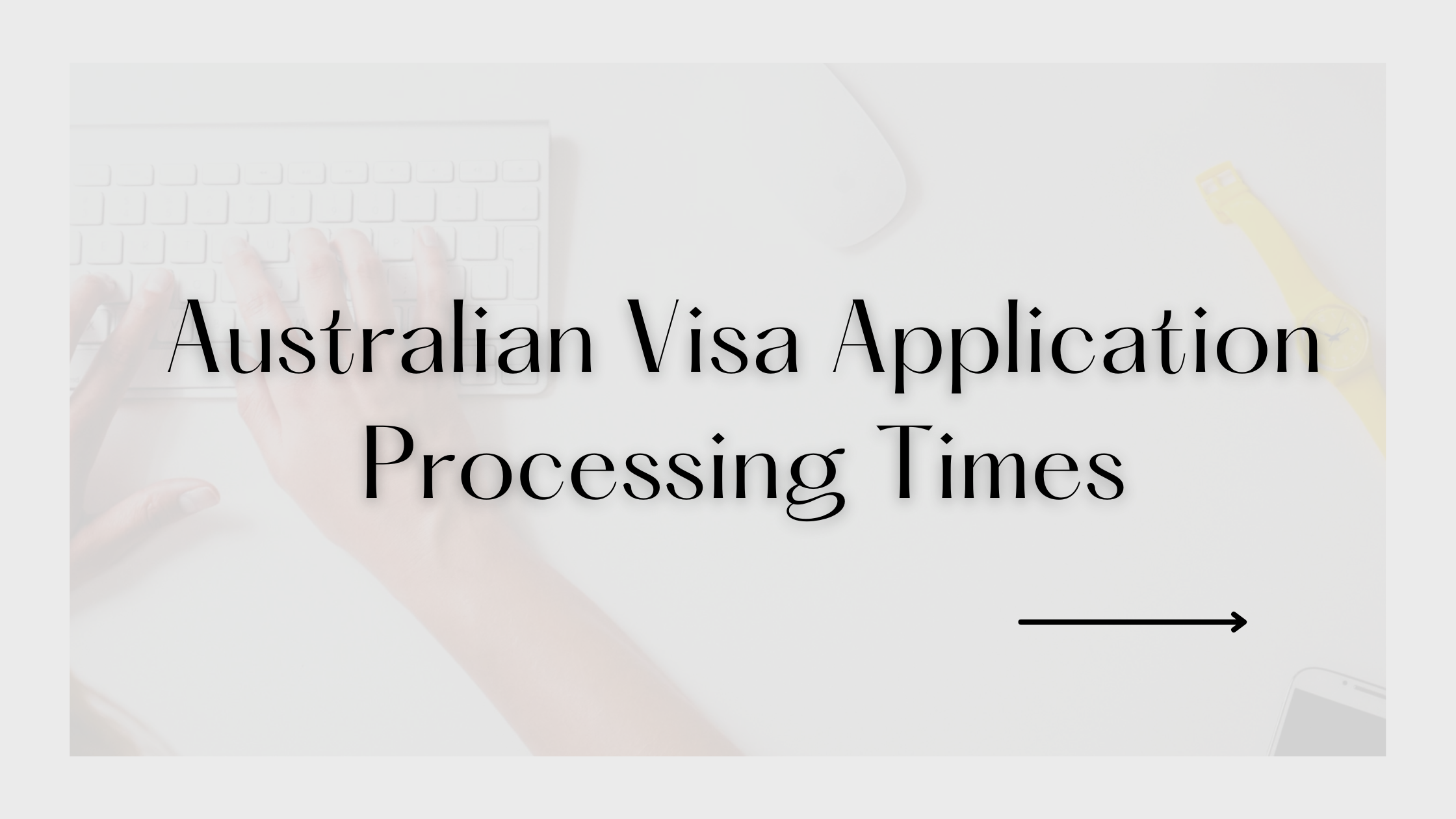
Australia is still an attractive choice for skilled workers, students, and families in search of a good standard of life, secure employment, and cosmopolitan culture. Whether you are coming for employment, study, or family reunion, it is crucial to know the visa choices, eligibility, and process of settlement to ensure a seamless move.
1. Why Move to Australia?
Australia welcomes thousands of migrants each year due to:
- Strong economy and job market
- High-quality education and healthcare system
- A multicultural and inclusive society
- Access to permanent residency and citizenship pathways
2. Types of Visas for Migration
Migration to Australia depends on your purpose, skills, and eligibility. The key visa categories include:
A. Skilled Migration Visas
If you possess in-demand skills, Australia's skilled migration program has a route to permanent residence.
Top visa choices:
- Subclass 189 (Skilled Independent Visa): For skilled employees without sponsorship by an employer.
- Subclass 190 (Skilled Nominated Visa): Needs nomination by a state or territory of Australia.
- Subclass 491 (Skilled Work Regional Visa): For employees prepared to settle in regional Australia.
B. Employer-Sponsored Visas
These visas enable Australian companies to sponsor skilled overseas workers.
Popular visa choices:
- Subclass 482 (Temporary Skill Shortage Visa): Temporary work visa in three streams (Short-Term, Medium-Term, Labour Agreement).
- Subclass 186 (Employer Nomination Scheme Visa): Permanent residency for skilled workers sponsored by an employer.
- Subclass 494 (Skilled Employer Sponsored Regional Visa): Employer sponsorship is required in regional Australia.
C. Family and Partner Visas
Australia also encourages family reunions through different visas.
Most important visa choices:
- Partner Visa (Subclass 820/801 & 309/100): For the spouse or de facto partner of an Australian citizen or PR holder.
- Parent Visa (Subclass 103 & 143): For parents of an Australian citizen or PR holder.
- Child Visa (Subclass 101 & 802): For dependent child of an Australian PR holder or citizen.
D. Business and Investor Visas
Businesspeople and investors are able to apply for business migration visas.
Most important visa options:
- Business Innovation and Investment Visa (Subclass 188): For entrepreneurs and investors who intend to establish or run a business in Australia.
- Subclass 888 (Permanent Business Visa): A transition to PR for successful holders of the business visa.
3. General Eligibility Factors for Australian Migration
Although visa applications differ, general eligibility factors consist of:
- Age: The majority of skilled visas have a cut-off age (typically below 45).
- English Proficiency: Documentation of English proficiency (IELTS, PTE, TOEFL).
- Skills Assessment: Mandatory for skilled migration visas.
- Health and Character Requirements: Police and medical clearance reports.
- Points-Based System: Skilled visas operate a points system (65 points as a minimum are necessary).
4. Australian Migration Application Steps
- Step 1: Check Your Eligibility – Identify the appropriate visa category depending on your skills, work experience, or family relationships.
- Step 2: Skill Assessment – In case of a skilled visa, have your qualifications assessed by the appropriate authority.
- Step 3: Submit Expression of Interest (EOI) – Apply via Skill Select for skilled visas.
- Step 4: Receive Invitation to Apply (ITA) – If selected, provide a full visa application.
- Step 5: Medical and Police Checks – Comply with health and character checks.
- Step 6: Visa Decision – If you are approved, obtain your visa and get ready to move!
5. Living in Australia After Migration
After receiving your visa, settling into Australia involves:
- Securing accommodation (renting or purchasing a home).
- Joining Medicare, Australia's public health care scheme.
- Applying for a Tax File Number (TFN) to be employed.
- Establishing an Australian bank account.
- Getting children into schools (if applicable).
6. Pathway to Permanent Residency and Citizenship
The majority of temporary visas have PR pathways. The most common methods of obtaining PR are:
- Skilled migration (Subclass 189, 190, 491)
- Employer-sponsored PR (Subclass 186)
- Partner or family visas
- Business/investment visas
Once you have PR for four years, you are eligible to apply for Australian citizenship if you also satisfy residency and character requirements.
Final Thoughts
Moving to Australia is a life-altering choice that needs to be well planned. Whether you are coming for employment, education, or family, Apex Immigration can facilitate the visa process smoothly for you. Get in touch with us today to begin your migration process!
FAQs About Migrating to Australia
Q: What is the easiest way to migrate to Australia?
A: Skilled migration is the most popular and quickest method if your profession is in demand.
Q: How long does the visa process take?
A: Processing times are different but can take anywhere from 6 months to 2 years, depending on the type of visa.
Q: Can I work in Australia on a temporary visa?
A: Yes, visas like Subclass 482 (TSS Visa) allow temporary work rights.
Q: Is it necessary to have a job offer before migrating?
A: Not for all visas. Skilled independent visas (Subclass 189) don’t require sponsorship.
Q: Can my family accompany me to Australia?
A: Yes, most skilled and family visas allow dependents to migrate with the main applicant.
.png)




